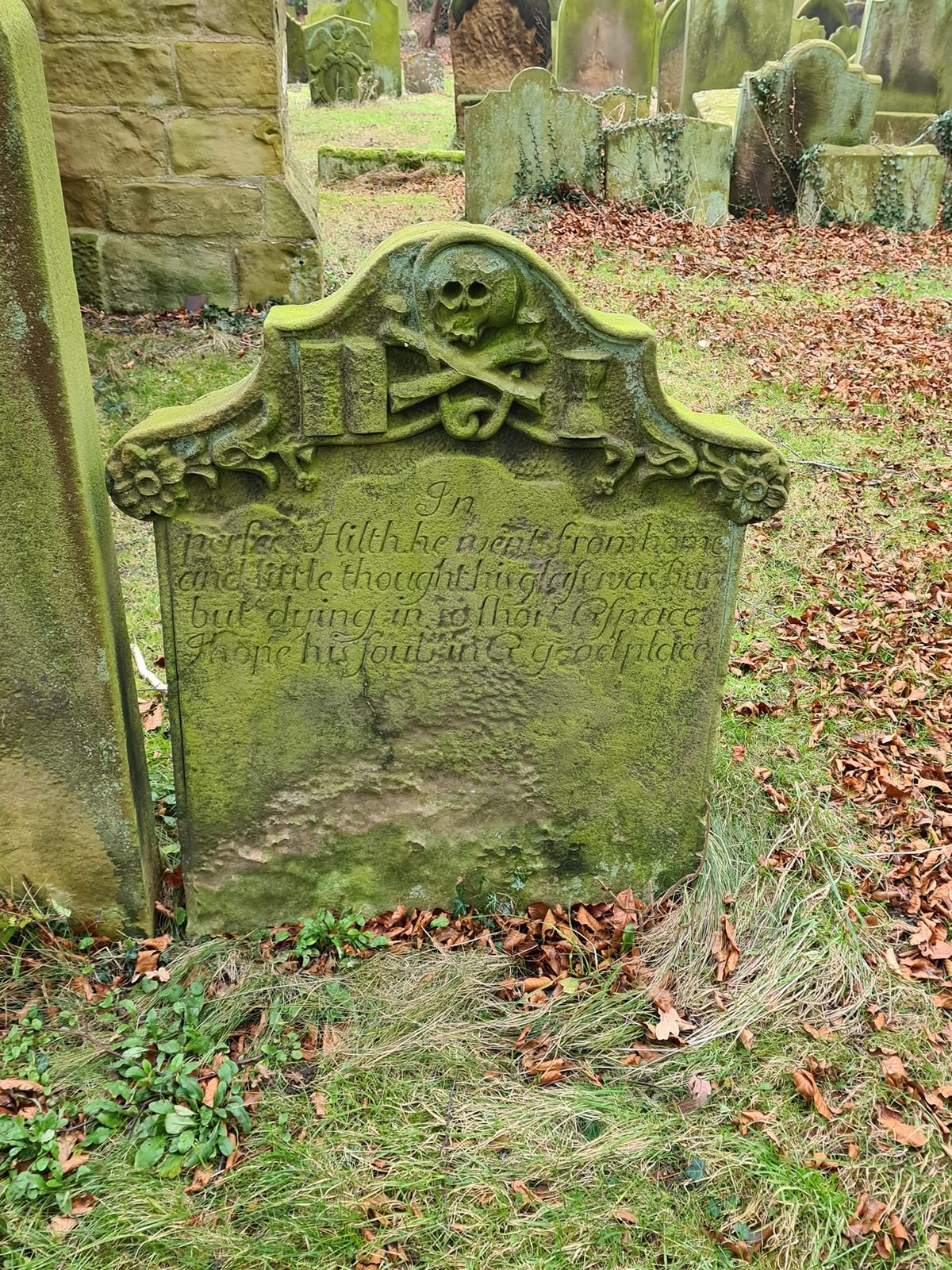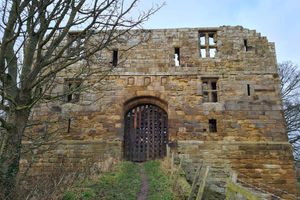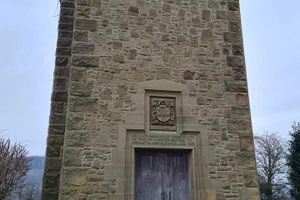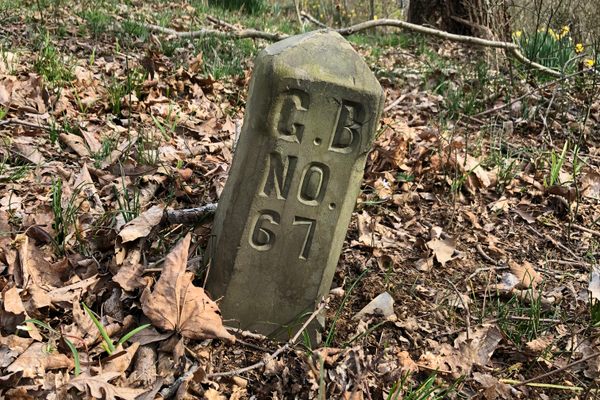About
The hamlet of Whorlton is believed to have been a Saxon settlement, it appears in the Domesday Book of 1086 as Wirueltune. The church and nearby ruined castle attest to the fact that Whorlton was once a thriving, functioning village before it was abandoned.
The tower and the chancel of Whorlton's Grade 1 listed church remain, hidden within the grove of Yew trees that surround it, tucked to the side of Castle Bank Road. Old Whorlton Church, sometimes also called the Church of the Holy Cross, was originally the Church of the Holy Rood in pre-Reformation times.
There was once a Saxon church here before the Norman Conquest, although nothing of this remains. The oldest parts of the church, the chancel arch and the north aisle, date to the 11th century, around the time that Robert de Meynell built the nearby Whorlton Castle. The south aisle was a later addition to the building, and the chancel was then rebuilt in the 13th century, along with other modifications.
The highlight of Old Whorlton Church is the 14th-century wooden effigy in the chancel. This is an effigy of the Second Lord Nicholas de Meynell, and is carved from bog oak. A tower was added to the church in the 15th century, which also acted as the entrance porch, although the external doorway is not bricked up. There is said to be an early 16th-century bell still hanging inside.
The last service was held at Old Whorlton Church in 1875, by which time the church had fallen into such a poor state of repair that building a new church was deemed easier than conducting repairs. The nave was dismantled in 1975, leaving just the original Norman arches standing and the chancel intact.
The Old Whorlton Church is still consecrated ground, the chancel of the church is still occasionally used as a mortuary chapel. The church is surrounded by an old graveyard filled with gravestones. The newer burials are towards the lower part of the bank heading towards Whorlton Castle and away from the church.
Scan the fields around the church and you might be able to make out some of the earthworks which are the only other remains of Whorlton village. It isn't known for sure why the village was abandoned—some say it was due to an outbreak of the bubonic plague, while others point to the growing mining industry in nearby Swainby, which drew the villagers down the hill to the more convenient location.
Although Whorlton is most famous for its abandoned medieval village, in 1810 there was a hoard of Roman coins found dating from the end of the Roman presence in Britain.
Related Tags
Know Before You Go
The chancel is usually locked, although it's possible to look in through bars on the door.
There is parking alongside the wall of the church.
Published
January 27, 2022





































